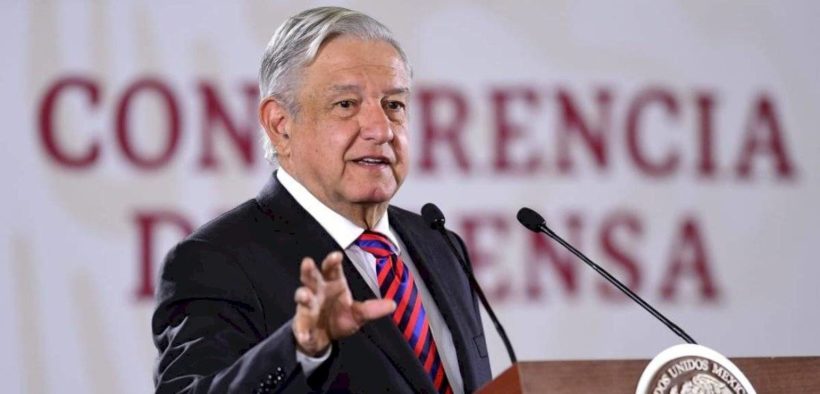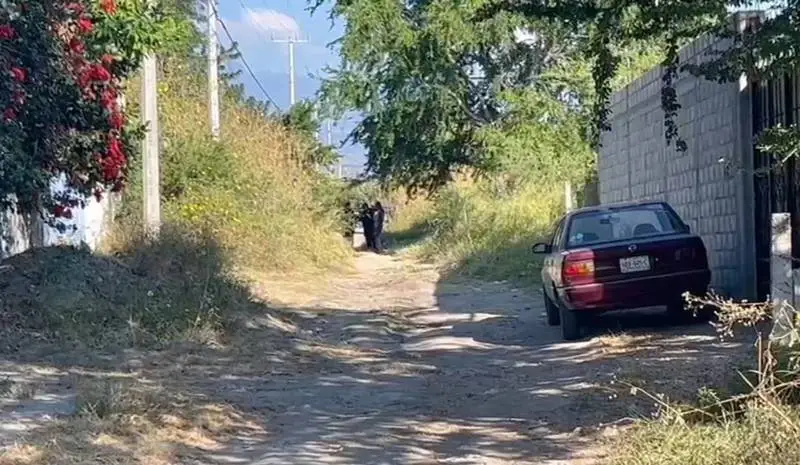Mexico cartels deny making threats against AMLO
Share

A series of messages from criminal groups directly threatening Mexico’s president have appeared in recent months, but the tactic appears to have backfired badly, raising questions about why these banners were put up in the first place.
The first of these “narcomantas” – public banners bearing messages from criminal organizations – targeting President Andrés Manuel López Obrador (AMLO), appeared in Guanajuato in January 2019. It was ostensibly signed by José Antonio Yépez Ortiz, alias “El Marro,” leader of the oil theft gang, the Santa Rosa de Lima Cartel.
The message promised consequences for the president’s militarization of the war on oil thieves, stating: “[President] Andrés Manuel López Obrador, I demand that you withdraw federal forces from the state, if not I am going to start killing innocent people.”
This was followed by a narcomanta placed in Tijuana by the Arellano Félix Cartel. The message also addressed López Obrador by name, threatening retribution for his deployment of 1,800 troops to the state.
A second banner attributed to the Santa Rosa de Lima Cartel appeared in Guanajuato in April, vowing to send explosives to the president’s family home. In a press conference in July, López Obrador also claimed that a menacing message had been left at his house.
Narcomantas have been seen regularly in Mexico for at least ten years, from virtually all of the country’s major criminal organizations, according to a study by Harvard University. Historically, their principal use has been to threaten rival gangs and intimidate local populations, but using them to directly challenge presidential policy is a new development.
InSight Crime Analysis
The very public defiance of these narcomantas seems calculated to provoke a harsh response from authorities, prompting speculation about their true agenda. Were they misjudged attempts by small cartels to raise their prestige? Or were they fakes, planted by rival cartels to deflect state attention onto their enemies?
Despite López Obrador’s promise to end the “war” on the cartels, he has taken these threats very personally. Following the first of the banners in Guanajuato, he made taking down the Santa Rosa de Lima Cartel a top security priority. Six months later, a series of police and military operations have left Yépez Ortiz isolated and the organization severely weakened.
Yet Yépez Ortiz has always denied writing the threat, claiming that it was a set-up by the Jalisco Cartel New Generation (Cartel Jalisco Nueva Generación – CJNG). This more sophisticated organization is also involved in oil theft in Guanajuato and potentially has a lot to gain from its rival’s demise.
Similarly, the narcomanta signed by the Arellano Félix Cartel in Tijuana was swiftly followed by three further banners, denying their responsibility and blaming the original message on the rival CJNG.
So far, none of Mexico’s current major criminal players has signed a banner attacking the president. The Santa Rosa de Lima Cartel is a local group specializing in one criminal economy. The Arellano Félix Cartel, although once hugely powerful in northeast Mexico, is now a shadow of its former self.
But if these brazen messages represent an attempt by such minor players to punch above their own weight, the bluff falls flat. Whereas narcomantas from big cartels have frequently been left alongside gory trophies such as dismembered bodies, these recent threats remain largely unsubstantiated.
Most notably, in the case of the Santa Rosa de Lima Cartel, its first banner against López Obrador also claimed a truck left outside an oil refinery in Salamanca, Guanajuato, was loaded with explosives. The truck turned out to be empty.








